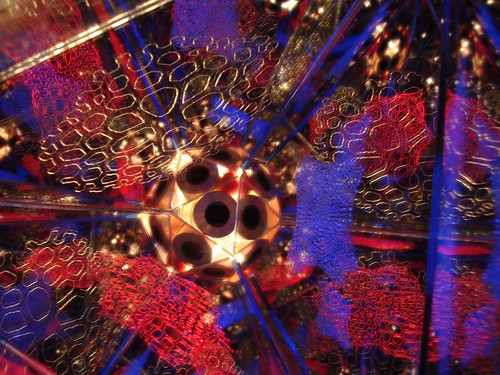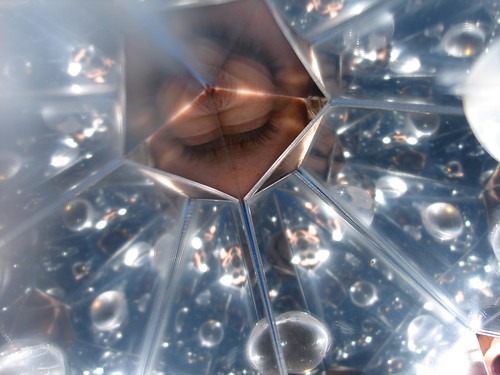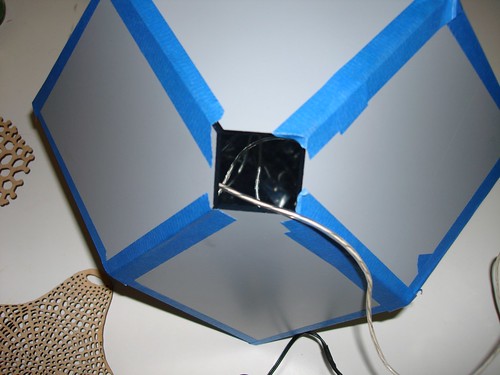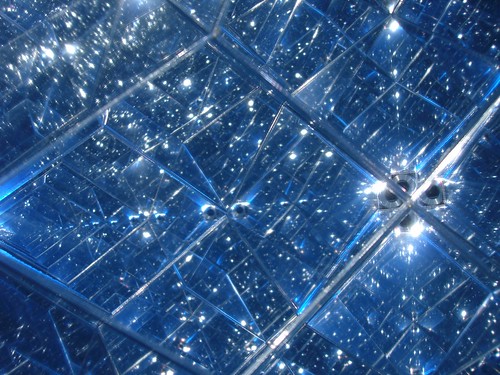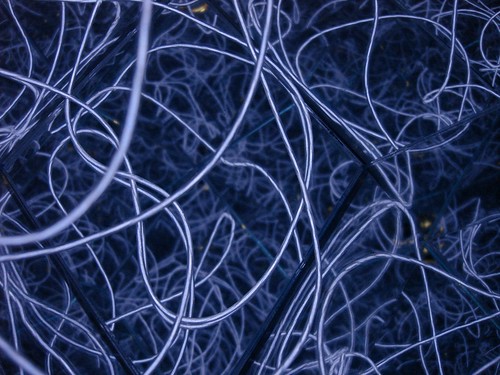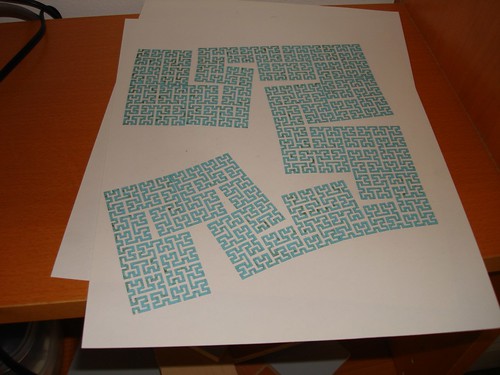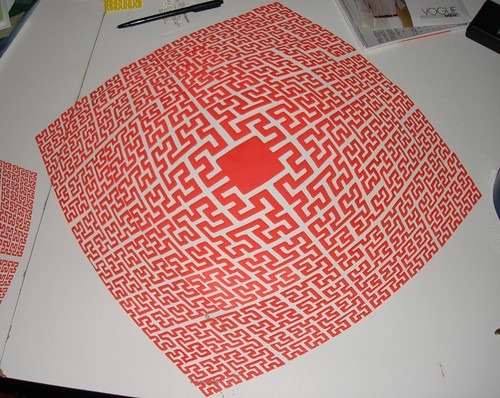David has put together a triangular sliding puzzle composed of dozens of laser-cut parts. In order to make the sliding mechanism functional and easy to use, he has employed numerous innovations. For example, he created a laser cut acrylic notch-and-lever system that allows the rows of triangles to snap into the correct places as you slide them. He also laser-engraved countersinks for the screws he used to hold the layers together.
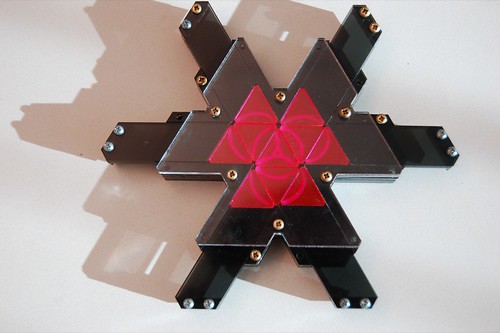
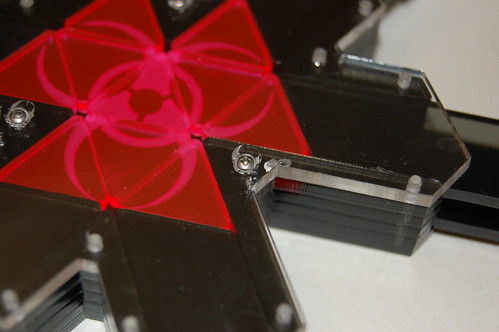
Due to his precision work, he has run into maddening calibration errors that most of us don't have to worry about. Any unevenness in the laser cutter's performance can screw up the precision sliding of the puzzle pieces.
You can read more about his design process on Twisty Puzzles.
